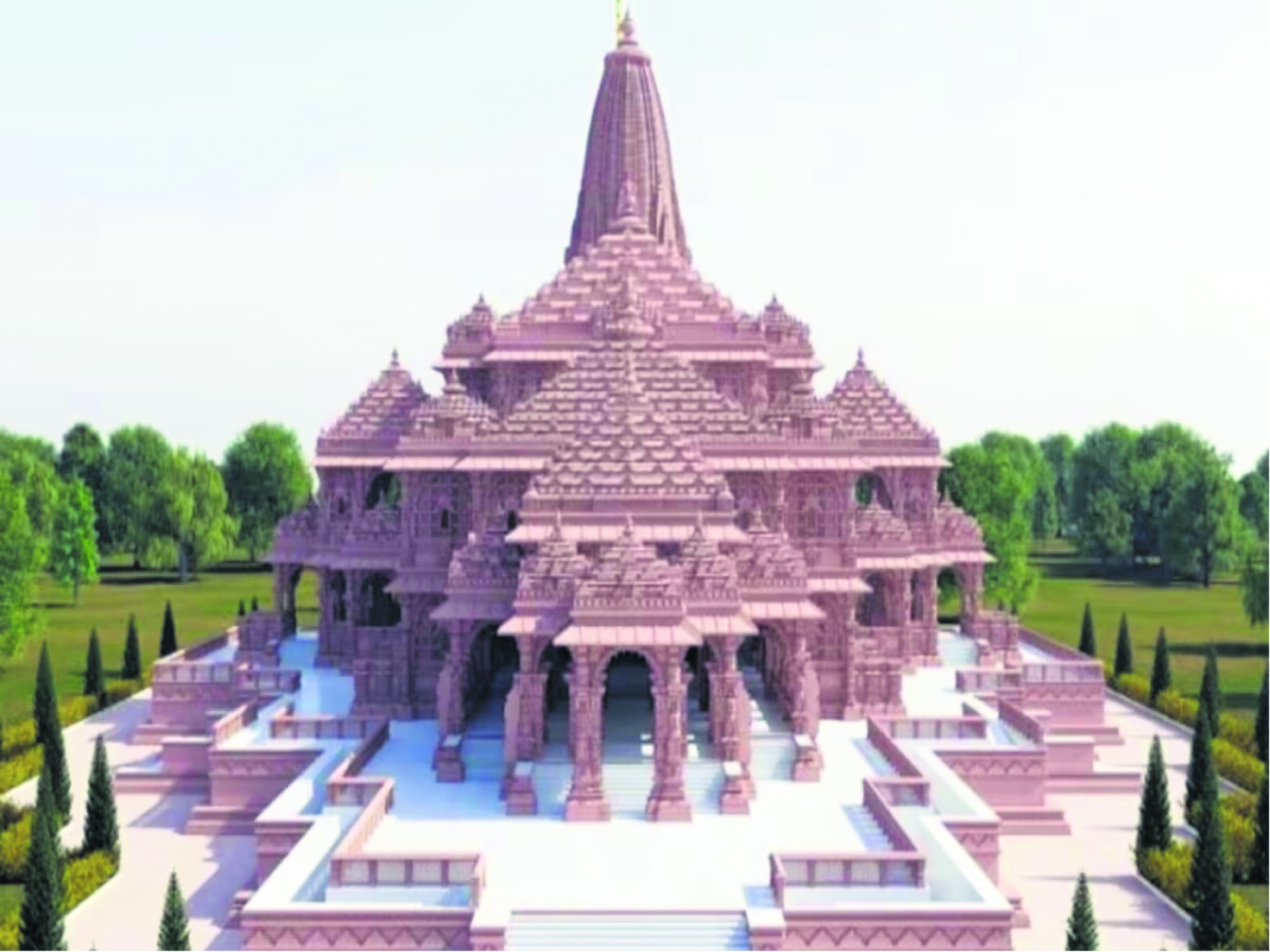The emergence of Hindutva discourse is increasingly evident in various facets of everyday life in India, from tea shops and coffee houses to trains and Dhabas. Conversations revolve around issues related to Hindu dharma, the Ram Mandir, the Bhartiya Janata Party (BJP), and various aspects of Hindu culture and identity. This vocal Hindutva public takes on different forms—some are soft, others aggressive, and some extremely assertive, even rejecting other forms of Hindutva positioning. Many aspire for more aggressive Hindutva politics and mobilisation in the country.
While Hinduism has always been an integral part of every Hindu’s identity, the Hindutva public exhibits a more organized consciousness of their Hindu identity. This organized awareness has evolved gradually, finding expression at a time when the political climate became conducive. The rise of the BJP as a political force allowed this Hindutva public to express themselves assertively.
Traditionally, the Hindutva public had its own public sphere, reflected in the discourses of sadhus and saints, sect meetings, conferences, and publications. However, recent decades have witnessed the emergence of numerous Hindu organizations, NGOs, and other entities that provide platforms for views and assertions related to Hindutva. These groups organize events like book fairs, lit fests, and discourse groups, creating a Hindutva public sphere both in physical spaces and on virtual platforms like Facebook, X, and Instagram. They actively engage in expressing their views, taking positions on various Hindu-related issues, and securing spaces in mainstream media, electronic channels, and op-eds.
The Hindutva public is heterogeneous, evolving with other identities such as caste and region. However, the broader identity of Hindutva integrates these differences and contradictions. Internal differences exist, with varying positions and occasional criticisms, especially on the degree of aggressiveness in pursuing Hinduism. Different positions can be observed across various YouTube channels featuring Hindutva activists.
In the recent book “Republic of Hindutva,” the author, Badri Narayan, explores the emergence of Hindutva common sense among the Hindu public. This common sense activates their Hindutva consciousness whenever related issues surface in the public sphere. The Hindutva consciousness is rapidly growing among Hindus, leading to the transformation of many secular Hindu individuals into supporters of Hindutva.
While the majority of this Hindutva public aligns with the BJP, in states like Maharashtra, where options like the Shiv Sena (Uddhav) exist, political positions may get divided. The upcoming inauguration of the Ram Janam Bhoomi temple on January 22 in Ayodhya is anticipated to be a historic moment, influencing the political orientation of the Hindutva public towards the BJP in the 2024 parliamentary elections. The BJP is credited not only with resolving the Ayodhya issue satisfactorily but also with providing full support for the construction of the Ram Janam Bhoomi temple.
Prime Minister Narendra Modi, who leads the BJP, enjoys widespread support among the Hindutva public and has become a political icon for them.
Looking ahead to the 2024 parliamentary elections, issues related to the dignity of Hindutva, along with various developmental and social support schemes like the Gareeb Kalyan Yojana, may significantly contribute to the BJP’s electoral performance. The BJP’s efforts to enhance the glory of Hindu temples and religious sites are perceived by the Hindu public as an elevation of the dignity of Hindu religion. This notion, combined with a favorable political climate for their aspirations and opinions, may reorient a substantial section of the Hindutva public towards the BJP in the upcoming elections. Understanding the electoral mobilisation of Hindutva communities requires consideration of the electoral issues and agenda of the opposition and an examination of their potential influences and impacts.

















